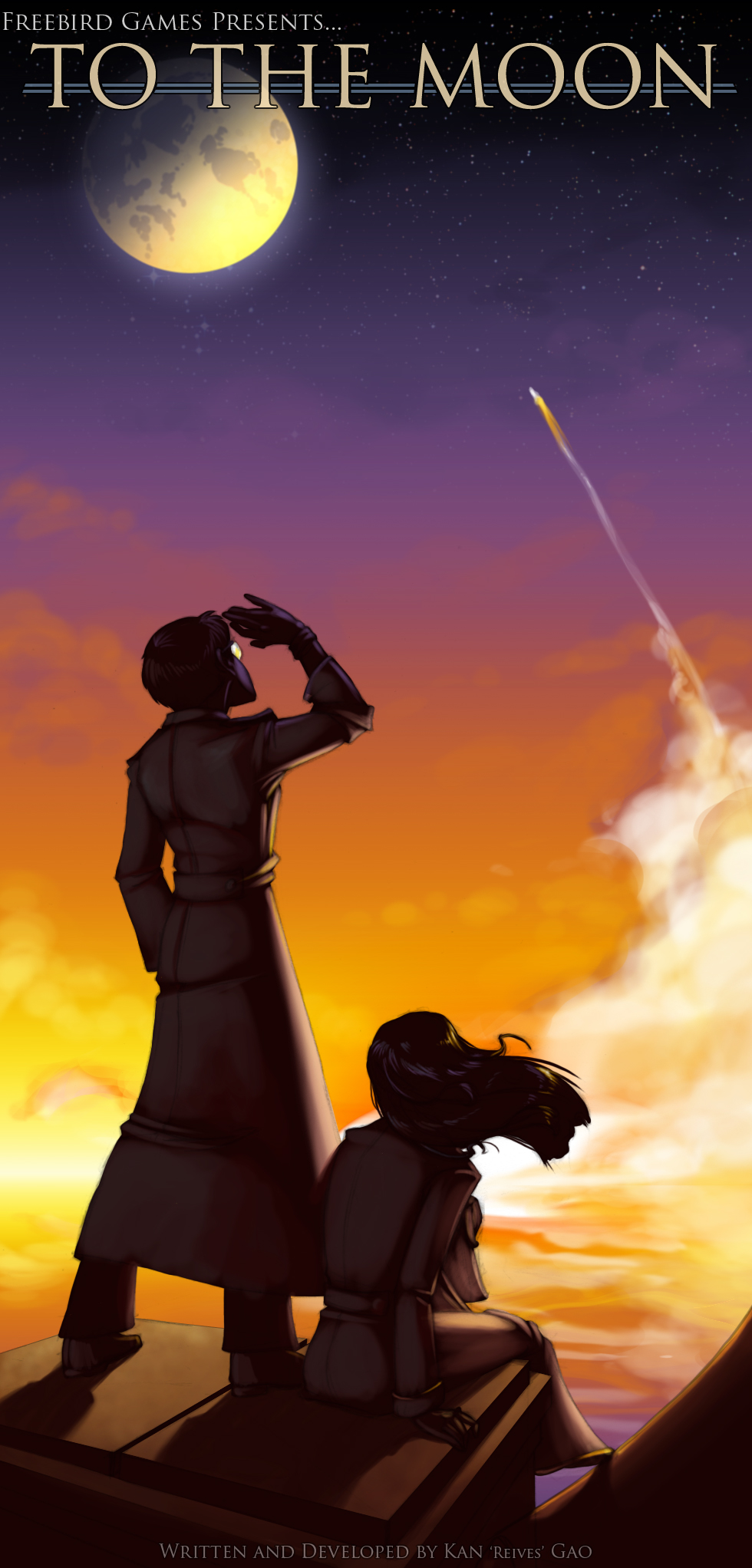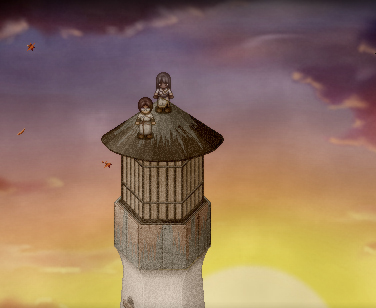Related Articles
| Article | Author | Date | Category |
| RPGs Coming This Week, 10/6/24 | Gio Castillo | October 6, 2024 | Highlight, News |
| To the Moon Coming to PS and Xbox; New Beach Episode Out on September 20th | Tin Manuel | August 30, 2024 | News |
| Patrick Gann’s Top 25 RPG Soundtracks (Part 3) | Patrick Gann | December 31, 2023 | Feature Sub-Page |
| 25 Years, 25 RPG Moments (Part 3) | Zach Wilkerson | June 5, 2023 | Feature Sub-Page |
| Finding Paradise Coming to Nintendo Switch in Spring 2021 | Quinton O'Connor | December 17, 2020 | News |
| Defending Champions: The Best RPGs of Every Year Since Dragon Quest (2010–2019) | Zach Wilkerson | October 9, 2020 | |
| Top 25 Games of the 2010s | Zach Wilkerson | December 7, 2019 | |
| The 30 Essential RPGs of 2010-2015 (Part 2) | Mike Salbato | May 13, 2016 | Feature Sub-Page |
Podcasts
| Episode | Date |
| Rhythm Encounter 139 – Indie RPG Music Spotlight | July 15, 2024 |
| Rhythm Encounter 78 – The Power of Feelings, Baby | February 14, 2022 |
| Rhythm Encounter 9 – Wild Wild West | August 21, 2013 |
Game Reviews
| Review | Author | Platform | Score |
|---|---|---|---|
| To The Moon | Dave Yeager | Microsoft Windows | 90 |
| To The Moon | Neal Chandran | Microsoft Windows | 91 |
| To The Moon | Zach Wilkerson | Nintendo Switch | 86 |
Music Reviews
| Review | Author | Released |
|---|---|---|
| Impostor Factory Original Soundtrack | Patrick Gann | September 30, 2021 |
| To the Moon Original Soundtrack | Stephen Meyerink | November 4, 2011 |





